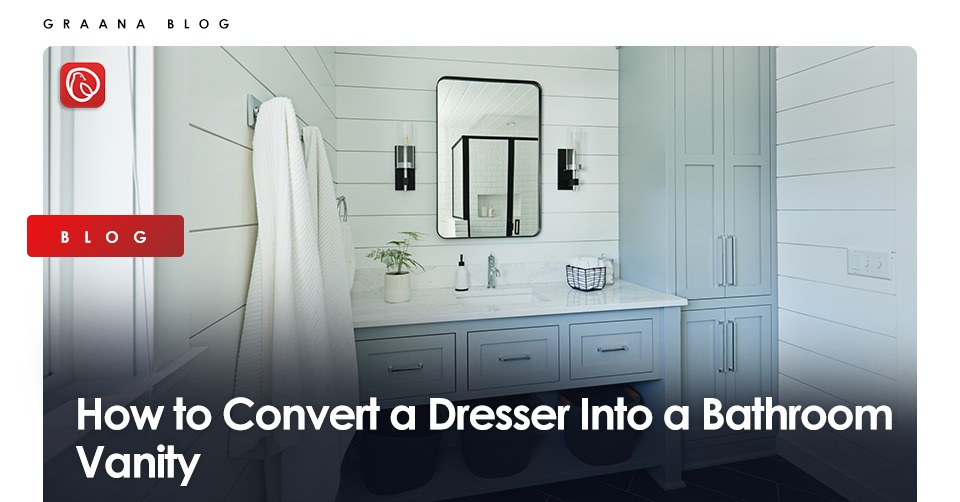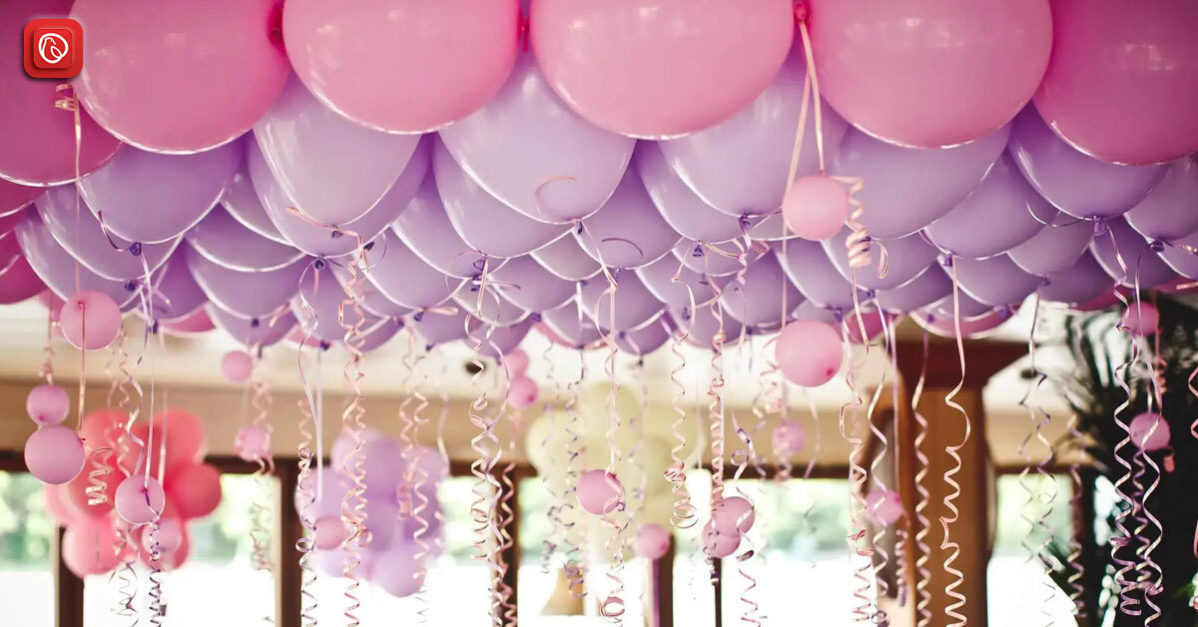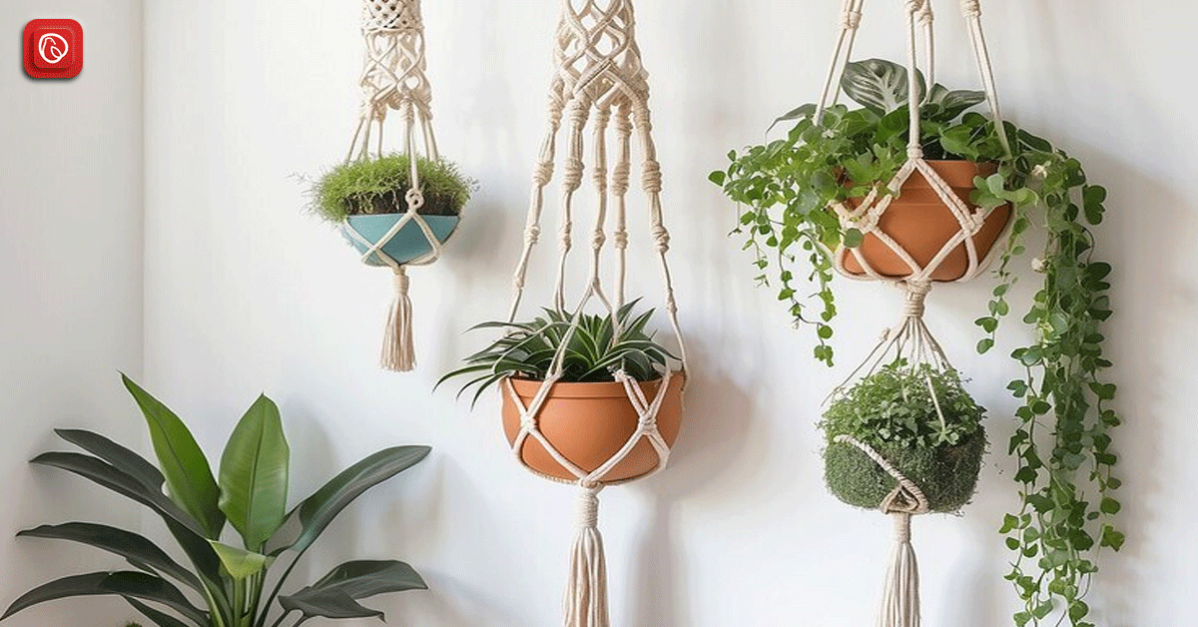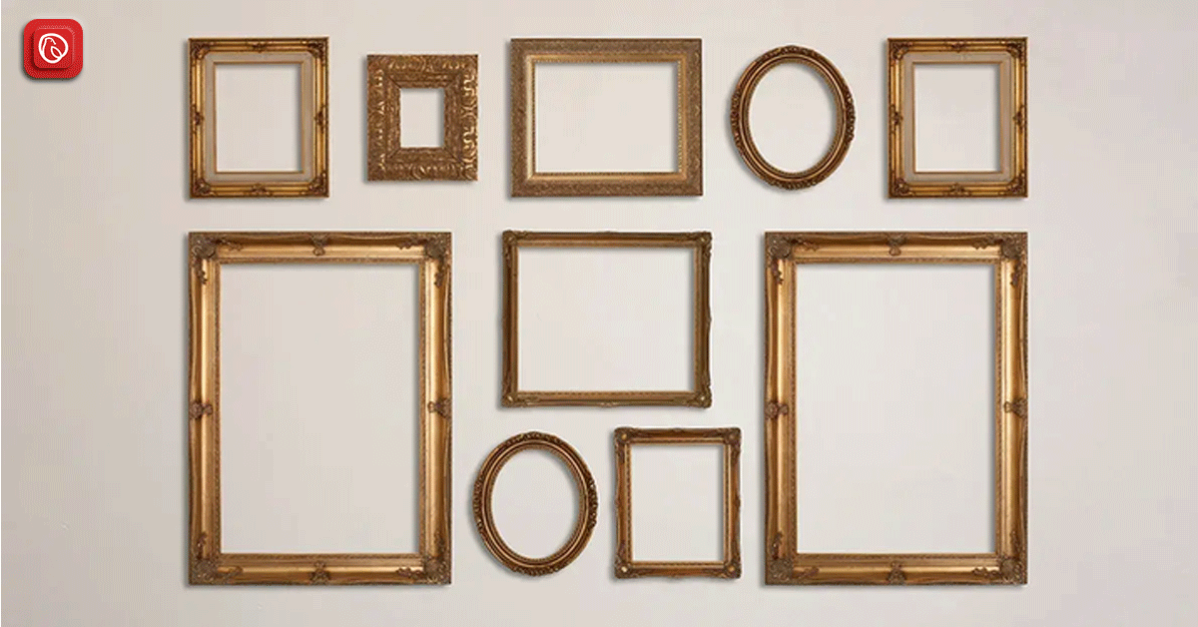Owing to the contemporary trends, you might feel that your bathroom looks a little boring without a vanity. As bathroom vanities are quite expensive, purchasing a new one might take a hefty toll on your pocket, however, that does not mean that you can not have one just because buying is not an option. If you have an old dresser, you can make good use of it by converting it into your very own bathroom vanity using the DIY method.
Watching different DIY videos on tips about different bathroom vanity designs might leave you overwhelmed, hence causing you to procrastinate. To solve that issue, Graana.com, Pakistan’s smartest property portal, has come up with an easy-to-follow step-by-step guide to help you with your DIY venture.
Steps on How to Convert a Dresser Into a Bathroom Vanity
Taking inspiration from different bathroom vanity designs available in the markets, you can create your own customised bathroom vanity. The steps that you need to follow for the remodelling process are as follows:
Step 1: Evaluation of the Dresser

The first and foremost step before starting the project is to evaluate the dresser. In the evaluation process, size and structure are the key factors to be taken care of and ensure that the dresser is not too old and has a solid top so that it can carry the weight of the sink bowl. Also, it should have a sturdy structure with a solid back panel to anchor it to the wall with ease.
Besides, the bathroom vanity size is also very crucial so it is essential to measure the size of your dresser beforehand and alter it accordingly. Standard bathroom vanity is 21 inches deep and the depth of a dresser is usually 18-20 inches so it makes them perfect for converting into a vanity.
Step 2: Choosing a Faucet and Sink
The next step is choosing the type of sink bowls and faucets. How you cut and shape the dresser is totally dependent on your sink bowl size and the type of faucets you choose.
For a drop-in sink, you will cut a hole according to its size into the dresser top for the bowl to be placed there. While for a vessel sink, only a small hole into the dresser will be required for the drainage pipe of the sink. On the other hand, for a countertop sink, the entire top of the dresser will be removed to replace it with the fixture.
Faucets these days come in different styles and shapes. Some of them are mounted into the walls behind the sink, while some are fixed onto the vanity top. Based on the size and shape of your dresser, you can choose the faucets and sinks.
Step 3: Making Alterations
Before starting working on the DIY bathroom vanity project, you might need to make some structural repairs and alterations to the dresser. This usually involves tiny repairs like fixing a loose joint, as well as more complicated alterations.
Some of the additional alterations it might require are as follows.
- Adjusting the height of the dresser to make it work as a bathroom vanity. For that purpose, you might have to cut the legs off the dresser to shorten the height or to add blocking to increase it.
- Cutting one or two holes into the dresser to make space for the drain and water pipes as per the requirement.
- The next alteration that you need to make is modifying the top of the dresser so that it can hold the basin and the drain fitting. You can either cut the hole in the base of the top drawer to hold the sink or simply remove the drawer and salvage the drawer front as a “false drawer”, which would be fixed in place by screws.
- The lower drawers might also need some extra work. You need to cut them short one by one to provide space for the water and drain pipes behind them.
- Before installation, it is better to do the final painting and polishing, as it is much easier now than doing it afterwards.
Step 4: Preparing the Countertop
Before the installation process of the bathroom vanity, you need to prepare the countertop. The preparation process usually involves sanding, staining and varnishing the top.
As the top of the dresser/vanity will come into contact with water quite often, it is essential to coat the wooden surface with marine-grade polyurethane varnish. Sometimes people go for a new countertop. In that case, you have two options: either place the new top on the dresser top, or it can rest directly on the dresser walls.
Finally, you need to cut holes in the countertop for faucets, and sink the bowl.
Step 5: Installing the Dresser/Vanity
After making all the necessary preparations, you can set the dresser bathroom vanity in place by anchoring it to the wall. For this, you need long screws to drive through the dresser back into the walls. However, make sure that the vanity sits level before anchoring it.
Step 6: Installing the Sink
After your dresser/bathroom vanity has been fixed all that is left is the basic plumbing stuff, which again depends on what type of sink bowl you choose.

For a drop-in sink, you need to run a bead of caulk around the sink cutout and then lower the sink in place. After connecting the pipes, run another bead of caulk around the rim where it touches the countertop.

For a vessel sink, insert the drain tailpiece of the sink into the opening of the countertop, and seal it using the gaskets. Make sure to level the bowl of the sink carefully, and then thread a mounting nut from below onto the drain tailpiece. This will hold the bowl in place.

Countertop sinks are totally different from the above two. You just need to place the entire unit onto the vanity, as they are quite heavy and don’t require to be attached to it using a gasket.
Step 7: Installing the Faucets

Sometimes the faucet is mounted into the rear wall of the sink, while the other times it is mounted directly onto the countertop of the vanity.
In case you are mounting the faucet on the countertop, you will have to insert the unit through the holes you cut into the countertop surface and then secure it in place using the nuts threaded onto the tailpieces of the sink from below.
Oftentimes the plumbers like to connect this type of faucet before lowering the sink into the bathroom vanity.
Step 8: Making Plumbing Connections
To conclude the DIY project of converting your dresser into a bathroom vanity, you need to make the plumbing connections for water and drain pipes. Attach the hot and cold water pipelines to the faucets. Also, connect the drain tailpiece of the sink to the branch drain via a drain trap kit.
Bathroom vanity is the demand of modern-day houses in Pakistan, and having the urge to own one is quite natural, however, their prices are sky-high. This is why we crafted this DIY step by step guide to help you convert your old dresser into a bathroom vanity easily without having to pay extra money.
Visit Graana.com for more informative blogs.




